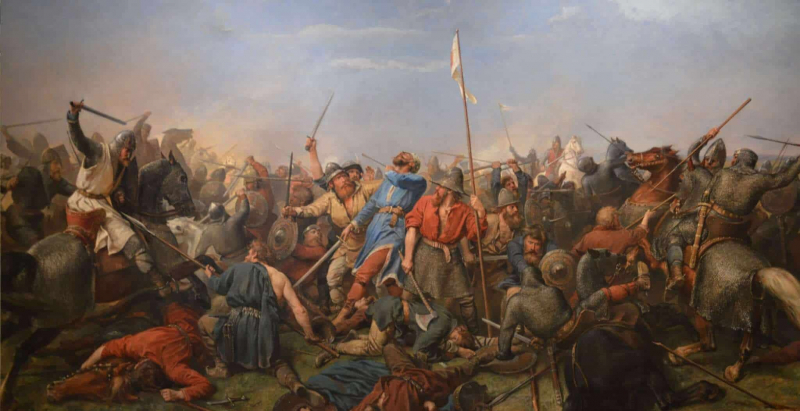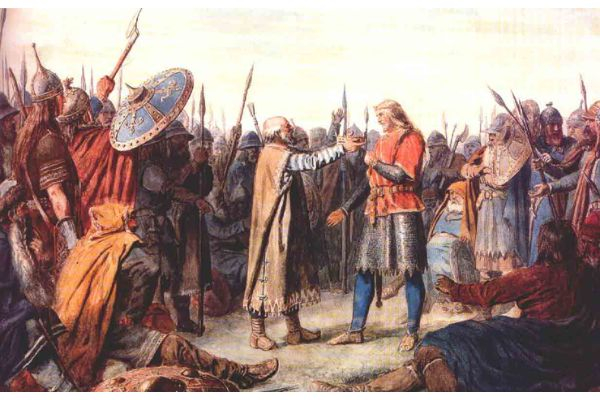Harold Godwinson killed his own brother
Tostig, Harold's brother, had the title of earl of Northumbria. He had a conspiracy with Norwegian Harold Haradrada to attack Harold. After learning of this, Harold Godwinson launched his own expedition against his brother and Haradrada. One of Harold Godwinson's lesser-known truths is possibly this. Together with Harold's outlawed brother Tostig, Harald Hardrada of Norway, who also claimed the English throne, invaded Northumbria in September 1066 and routed the local army.
After the death of Edward the Confessor on January 5th, 1066, Harold promptly traveled to London to take the crown, but the Vikings also desired England. Tostig, Harold's brother, traveled to Norway to cause a commotion. Harald Hardrada, the Viking monarch, chose to invade the North while being fully aware that Duke William intended to conquer Sussex. Divide and rule applied in this situation. The Hastings to Rye region, once known as Rameslie, was one of many places the monks of Norman Fecamp Abbey had spies. The Vikings triumphed at the Battle of Fulford on September 20, 1066. Five days later Earl Harold and his army arrived in the North. At the Battle of Stamford Bridge, Hardrada and his own brother Tostig were murdered, and the Viking Army was nearly completely decimated.
After that, Harold marched south to Waltham Abbey, where he spent a week recovering and praying before receiving some worrying news from a messenger. Following news of Duke William's landing on September 28 or 29, Harold was forced to make a quick trip back to the South Coast. On the Feast of St. Michael, the massive Norman fleet of around 770 ships sailed to the coast of England using the Anderida-Pevensey Roman Castle ruins as a landmark. They then sailed along the coast to avoid Pevensey Marshes. It is likely that a broad landing took place close to or at Bulverhythe, spreading to the Brede estuary and Old Romney, where a Norman longboat crew was killed.









